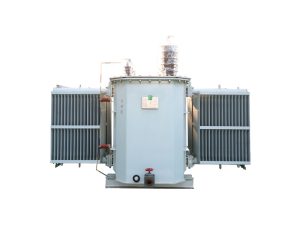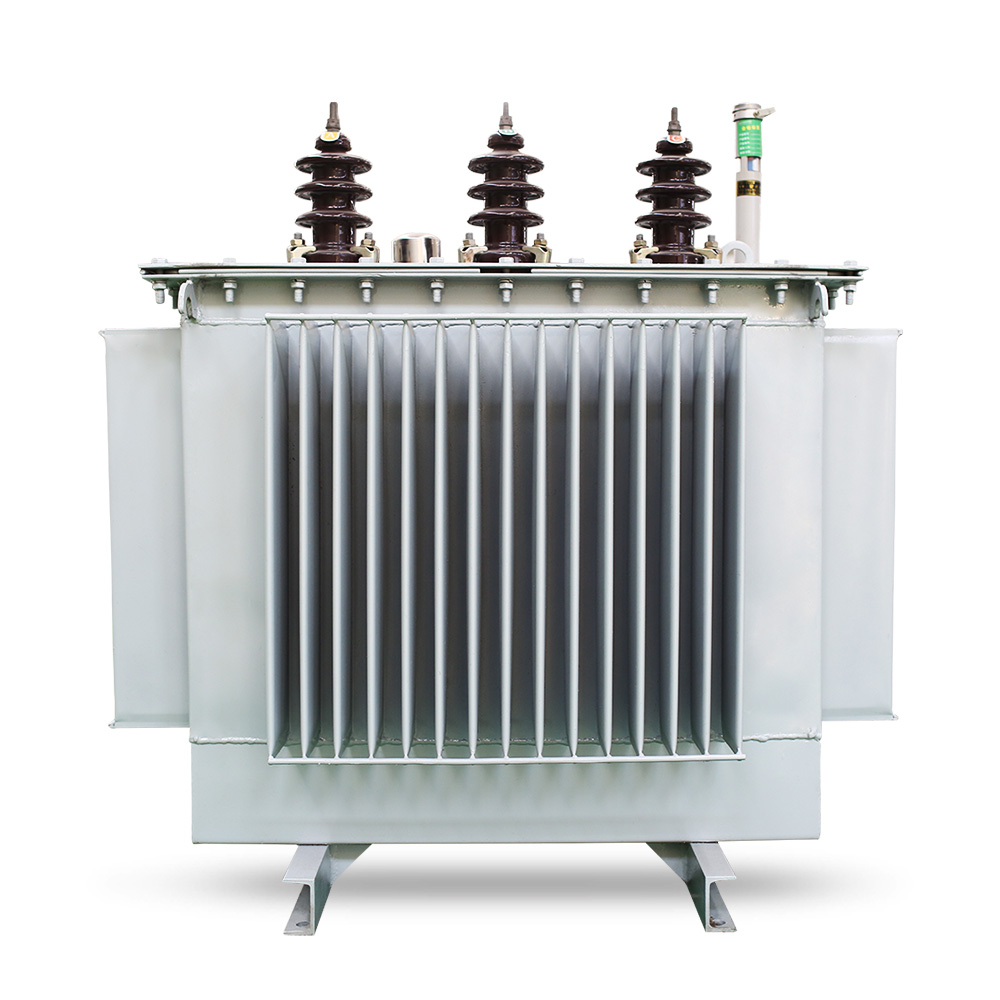Equipment Display
Description
What is an on-load tap-changing transformer?
The transformer has impedance. Therefore, voltage drop will occur during the transmission process, which changes with the load on the user side. The fluctuation of system voltage and the change of user-side load together cause a large change in voltage. Under the premise of achieving no-power on-site balance, when the voltage fluctuation exceeds a fixed value, the on-load tap-changing transformer will adjust the voltage after a certain delay to keep the voltage stable.
A transformer that completes voltage switching through its taps when the load is running is called an on-load tap-changing transformer.
The task of the power transformer is to supply power directly to the load center. The primary side is directly connected to the main voltage network (220 kV and above) or the regional power supply grid (35-110 kV). This type of transformer provides active power to the load and usually also provides reactive power. It usually has a large short-circuit impedance. As the regional load changes, if the on-load tap-changing transformer is not equipped, the power supply bus voltage will also change accordingly.
Therefore, under the premise of achieving regional reactive balance, the on-load tap-changing transformer changes with the increase or decrease of the regional load. It is necessary to cooperate with the parallel capacitors and low-voltage reactors of the reactive compensation equipment to adjust the taps at any time. Ensure the quality of the user’s power supply voltage.
The role of on-load voltage regulating transformer
1. Improve the voltage qualification rate
The voltage qualification rate is one of the important indicators of power supply quality. Timely on-load voltage regulation can ensure the voltage qualification rate and meet the needs of people’s lives and industrial and agricultural production.
2. Improve reactive power compensation capacity and increase capacitor input rate
As a reactive compensation device, the reactive output of power capacitors is proportional to the square of the working voltage. When the operating voltage of the power system decreases, the compensation effect will weaken. When the active voltage increases, the on-load regulating transformer will over-compensate the electrical equipment, causing its terminal voltage to increase and exceed the standard, which may damage the insulation of the equipment and cause equipment accidents. In order to prevent the power system from sending back reactive power, stopping reactive compensation equipment, and causing waste and loss of reactive equipment, the main transformer tap changer should be adjusted in time to adjust the bus voltage to within the qualified range. This eliminates the need to disable capacitor compensation.
3. Reduce power consumption:
Only when the voltage is close to the rated voltage will the power transmission loss generated in the power system distribution network be minimized. The most economical and reasonable way is to use on-load tap-changer transformer to keep the substation bus voltage qualified and enable electrical equipment to operate at rated voltage.











